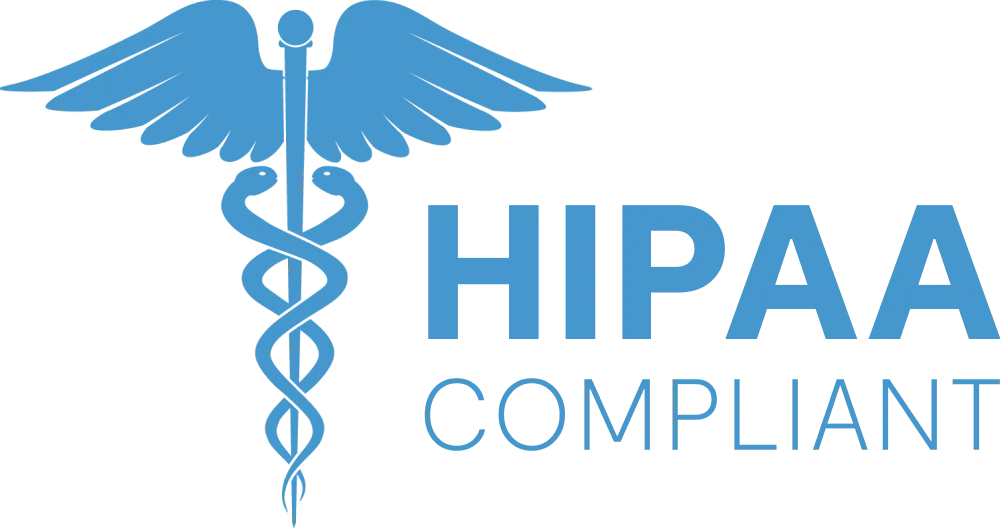Patient Care Healthtech: from concept to care in 3 months
About our client
Having worked for over 12 years in the healthcare industry, the CEO had a profound understanding of hospital administration and staffing complexities.
Hospitals are always in need of qualified healthcare professionals and with higher demands, they may spend a lot with healthcare staffing companies. In this context, the CEO came up with a solution that works as a healthcare marketplace, eliminating the need for a "middle-man" (agencies) in hospital staffing.
The platform ensures that both hospitals and staffing companies can hire the most suitable doctors at competitive rates. This healthcare solution enhances patient care and also reduces the risk of doctor burnout.

Challenge
Undoubtedly, this was a distinctive market opportunity for a healthcare technology company. Doctor shortages have become a major issue, with the U.S. facing a projected shortage of between 37,800 and 124,000 physicians within 12 years. This company’s founder embarked on the challenging task of validating their hypothesis by creating their first Minimum Viable Product (MVP).
For this company, the MVP software development process posed a significant challenge. They had to find the balance between essential functionalities and product validation. Overloading the healthcare software risked scope creep and delays while making it too minimal could fail to showcase the core value proposition.
To achieve the optimal point, the company tracked down the right partners, and the search led them right to Vinta’s boilerplate. This open-source project is designed for MVP development and was the foundation for the CTO's initial work before contacting us.
In terms of scaling up, this company strategically aimed to achieve Product-Market Fit by initially targeting smaller facilities and staffing companies. This approach was designed to attract the attention of more prominent players in the market. They tend to wait for the dust to settle before making significant moves.
The Answer
As part of our MVP development workflow, we conducted a Deep Dive — a week's worth of foundational work. During this phase, we gathered pertinent information about the industry, delved into the initial requirements, and ensured a thorough understanding of the challenge.
On day 1, we held a kickoff meeting with the founders, incorporating insights from our Deep Dive. After validating our assumptions with the founders, we developed the roadmap for MVP software development within the same week.
Accelerating MVP Software Development: From v0 to v2
It took us 3 months to transform this healthcare MVP software from concept to solution. By segmenting features, we iterated rapidly, gathering user feedback and enabling the CEO to present a tangible product to stakeholders early on.
With constrained funding and tight timelines typical of MVP development, we prioritized constant communication, updating our client on progress and enabling informed investment decisions.
- In v0 - we established the foundation and required manual oversight for doctor-hospital connections;
- In v1 - we eliminated manual intervention, introduced self-service capabilities, and streamlined core features;
- And in v2 - we refined the UX/UI, adding gamification and a reputation system to mitigate risk for hospitals hiring doctors.
Our phased approach emphasized rapid iteration and client collaboration, successfully shaping the healthcare platform. In the following sections, we detail our contributions and outline the path for its continued evolution.

Product Consultancy
While working with this client, we provided our Product consultancy at every stage, ensuring the healthcare solution had the right features. After all, it doesn’t matter how fast you build it if you’re not building the right thing.
When launching our client's healthcare marketplace, we strategically prioritized the supply side. Acquiring customers on the demand side is often slower, so we focused on building a robust supply network first.
This approach guided our roadmap, emphasizing features that catered to healthcare providers, ensuring a seamless onboarding and operational experience. This not only fostered loyalty among providers but also maintained engagement during the early stages when demand was still growing.
Additionally, we implemented measures to prevent disintermediation, ensuring the healthcare marketplace platform remained the central hub for transactions. This proactive approach safeguards the marketplace's long-term viability and success.
The tech and methodology responsible for this MVP’s success
Open-Source
In projects where speed is of the essence, like this one, we include many tried and true open-source libs. As they come tested by multiple people and follow good practices, we get to focus on adapting them to our project instead of building functionalities from scratch.
Some of these were:
- DRF-spectacular, for generating API documentation automatically as we make the product;
- OpenAPI Typescript Codegen, for generating a Typescript API client based on our API Specs developed by drf-spectacular;
- Django-allauth, social, and regular logins.
These libraries, together with our django-react-boilerplate, have mixed good defaults with change automation and toil work reduction. All these things gave us the speed we needed to get live in record time.
Infrastructure
We initially pondered a quicker cloud setup using PaaS (Platform as a Service). It’s what we usually recommend for smaller solutions, as you can deploy quickly without requiring much DevOps work. However, it was important for their tech advisor to have the platform hosted in a more robust cloud environment that he could operate and easily customize based on his previous experiences.
For this reason, we tapped into Vinta's infrastructure expertise and made a complete setup on AWS in record time using AWS Elastic Container Service (ECS). Here, we also used AWS CloudFormation to version the whole infrastructure as code and make it easier to correct mistakes.
Data-driven Consultancy
The significance of data-driven decision-making cannot be overstated. Hypotheses, on their own, are merely speculative; without assessing the effectiveness of chosen paths, disappointment is inevitable. To address this, we consistently educate our clients on understanding the metrics that should be tracked once the product gains traction.
In mature-stage projects, we leverage tracking tools that streamline data collection and chart plotting. However, in the context of MVPs, the cost of integrating these tools isn't justified. Therefore, we adopt a manual approach to fulfill these demands, aiming to simplify the product's data analysis. While they are preparing to solidify the exchanges within its platform, we stand ready to monitor doctor-hospital interactions as they unfold.
Outcome
To enhance our client's fundraising efforts during MVP software development, we provided ongoing support, crafting compelling materials like feature specifications, user journey maps, and roadmaps. These assets, combined with post-meeting feedback and collaborative brainstorming sessions, informed the development of detailed Product Requirement Documents.
Focusing on rapid validation of high-value features, we addressed both user and investor needs. Notably, we designed a doctor Reputation System, inspired by Airbnb and Booking.com, to mitigate risk for hospitals in this healthcare tech solution. Additionally, we integrated Google Analytics to provide crucial usage data for investor pitches.
Recognizing the challenges in securing VC and seed investment, our primary goal was to differentiate our client's offering. Our partnership beyond the initial MVP development demonstrates our commitment to their long-term success.


.webp)



.jpg)

















%201.webp)
